|
|
Help needed! The Archive has been sent this image, purchased via ‘ebay’ as an unknown station. However eagle-eyed Andy Barwick realised it was Loftus station, with Yorkshire Regiment Volunteers (later the Green Howards) awaiting a train; but the date is unknown. It is believed that the two station porters are visible (one at each end) and possibly the station ‘lad’ cross-legged in the front. The Stationmaster (at rear close to the station lamp – with a moustache!), as well as members of the general public. Andy can assist with possible names of the Stationmasters for up to July 1914 as J. W. Nunn and from July 1914 W. H. Charlton, if anybody recognises either soldiers or railway staff. Can anybody assist with names and a possible date? Ray Brown suggests: “Robert Henry Walker (my maternal grandfather) is possibly on the back row far right next to the station porter?”
Image and information to date courtesy of Andy Barwick, many thanks to Bill Danby for a refreshed image and update information. Also to Ray Brown for a suggested name.
This postcard image of ‘Chocolini’s’ corner in modern-day Saltburn is believed to show the Peace Celebrations at the end of the First World War; based upon the variety of flags, Boy Scouts being present and numbers of uniformed persons present. Researches have indicated that the Vicar of Emmanuel Church, Saltburn from 1913 till 1925 was Arch Deacon T. E. Lindsay; from photographic evidence now available to the Archive he would appear to bear a very strong resemblance to the Vicar conducting the proceedings on the corner of Windsor Road and Albion Terrace. Further information having come to the Archive indicates the electrification of the street lights (an incomplete light features in the foreground of the image) was completed by 1919, the Archive now has a postcard dating from September 1920 showing this street light completed. But the Archive would welcome comments, supporting evidence or further information.
Image and information courtesy of Geoff Kitching, additional information courtesy of Emmanuel Church Centenary Magazine 1967.
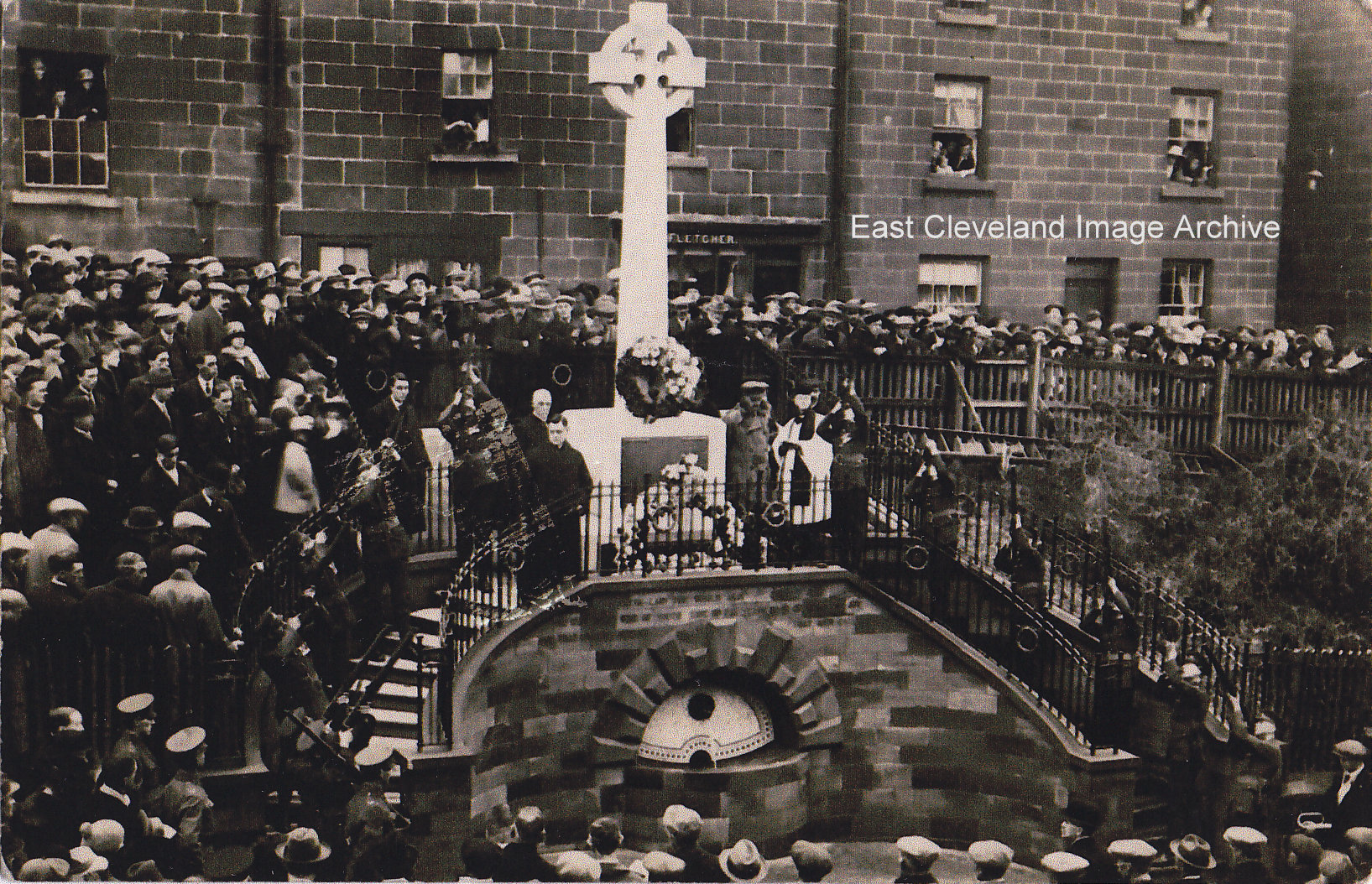
At 2pm on 11th November, 1922, (one year after the end of registration of deaths due to the War or its effects), the Memorial at Loftus was formally consecrated. Built by Mr. C. Hebditch the Celtic Cross, to a design by B J Wormleighton;made of Cornish granite, stands on a site in the High Street donated by Lord Zetland. Mrs. G. Locker (who lost two sons in the conflict) and Mr. W. Hoggarth D.C.M. performed the unveiling of the monument that commemorates the dead of the First World War. The total cost of £815 was raised by donations and collections. Sir Hugh Bell was guest speaker, the service was conducted by ministers of all religions, each taking a part of the service.
The guard of honour and firing party was provided by 4th Battalion, Queen Alexander’s Own, the Yorkshire Regiment, also known as the Green Howards. The local Battalion of the local Regiment had recruited so many of the men whose names were inscribed on the bronze tablets at the base of the Celtic Cross.
In the background can be seen Oliver’s buildings – a house and a coachhouse, a butcher’s shop and three cottages – which were owned by the Catholic Church and later demolished.
Image courtesy of Eileen Hicks and many thanks to Stuart Cole for information regarding the guard of honour and firing party.
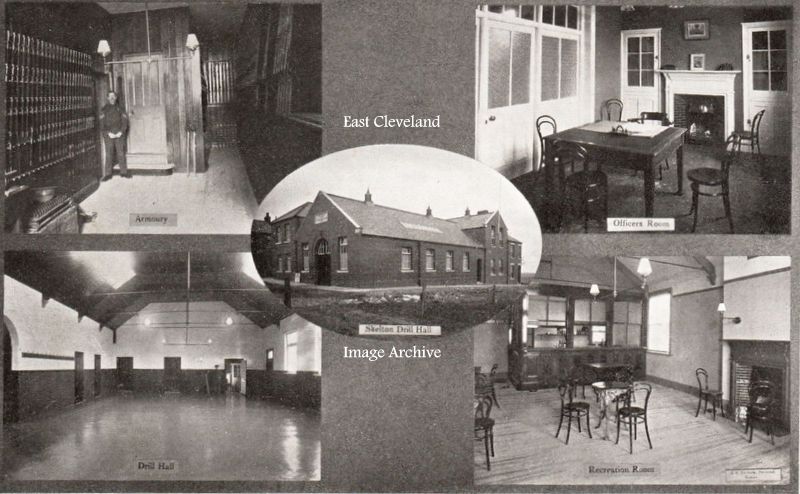
This postcard view of a building which will be remembered by many; internally it bears no resemblance to those views included in this image and externally is passed by many who are unaware of the buildings former essential use. Originally opened on 26th December 1913, for the Skelton Territorials “G” Company of the 4th Yorkshire Regiment, in the 1960s it became a social club. After burning down it was altered into apartments, bearing the title of Marlborough Court; it still stands at the southern end of Marlborough Road.
Image courtesy of Peter Appleton.
Another George Skilbeck postcard view of the Peace Celebrations in 1918, the parade is approaching the Westfield Terrace junction.
Image courtesy of The Pem Holliday Collection.
George Skilbeck took many pictures of the Loftus Peace Celebrations in 1918. This postcard view shows the approach to the Market Place as the parade fills the whole road.
Image courtesy of The Pem Holliday Collection.
This George Skilbeck postcard view of the Peace Celebrations in 1918, shows the parade has advanced onto Zetland Road.
Image courtesy of The Pem Holliday Collection.
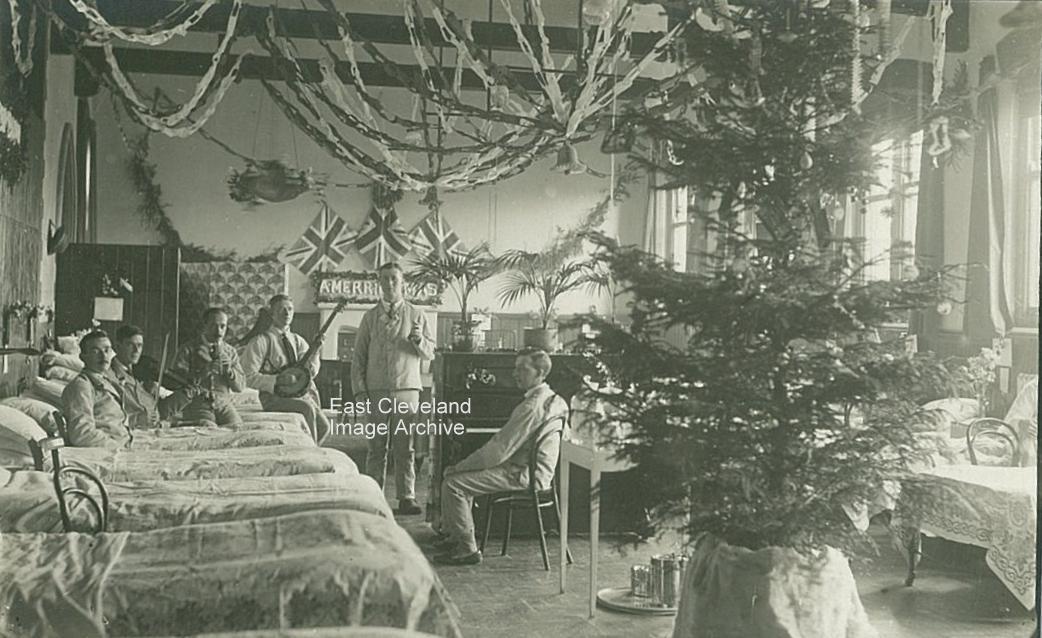
This further image of Red Barnes shows a ward bedecked for Christmas 1916. The patients at these hospitals were generally less seriously wounded than at other hospitals and they needed to coalesce. The servicemen preferred the auxiliary hospitals to military hospitals because they were not so strict, they were less crowded and the surroundings were more homely.
Image courtesy of Brenda Harding.
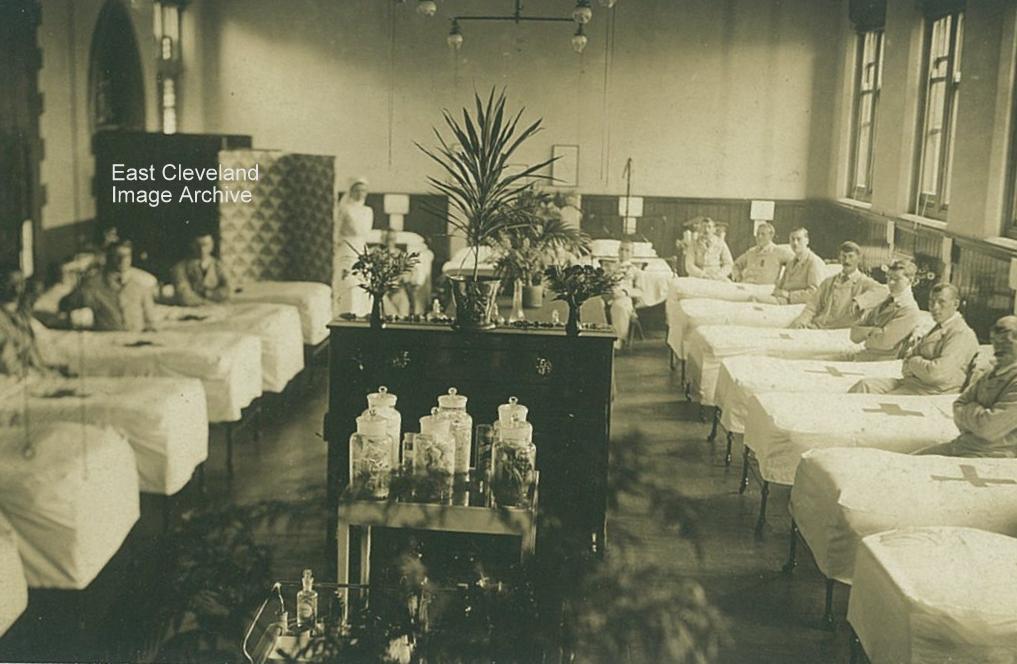
At the outbreak of the First World War the Red Cross secured buildings, equipment and staff to set up temporary hospitals to cope with wounded men returning from the front. Red Barnes at Redcar (former home of intrepid Victorian explorer Gertrude Bell) was another such hospital, the image shows Red Barns orderlies seated bedside empty beds.
Image courtesy of Brenda Harding.
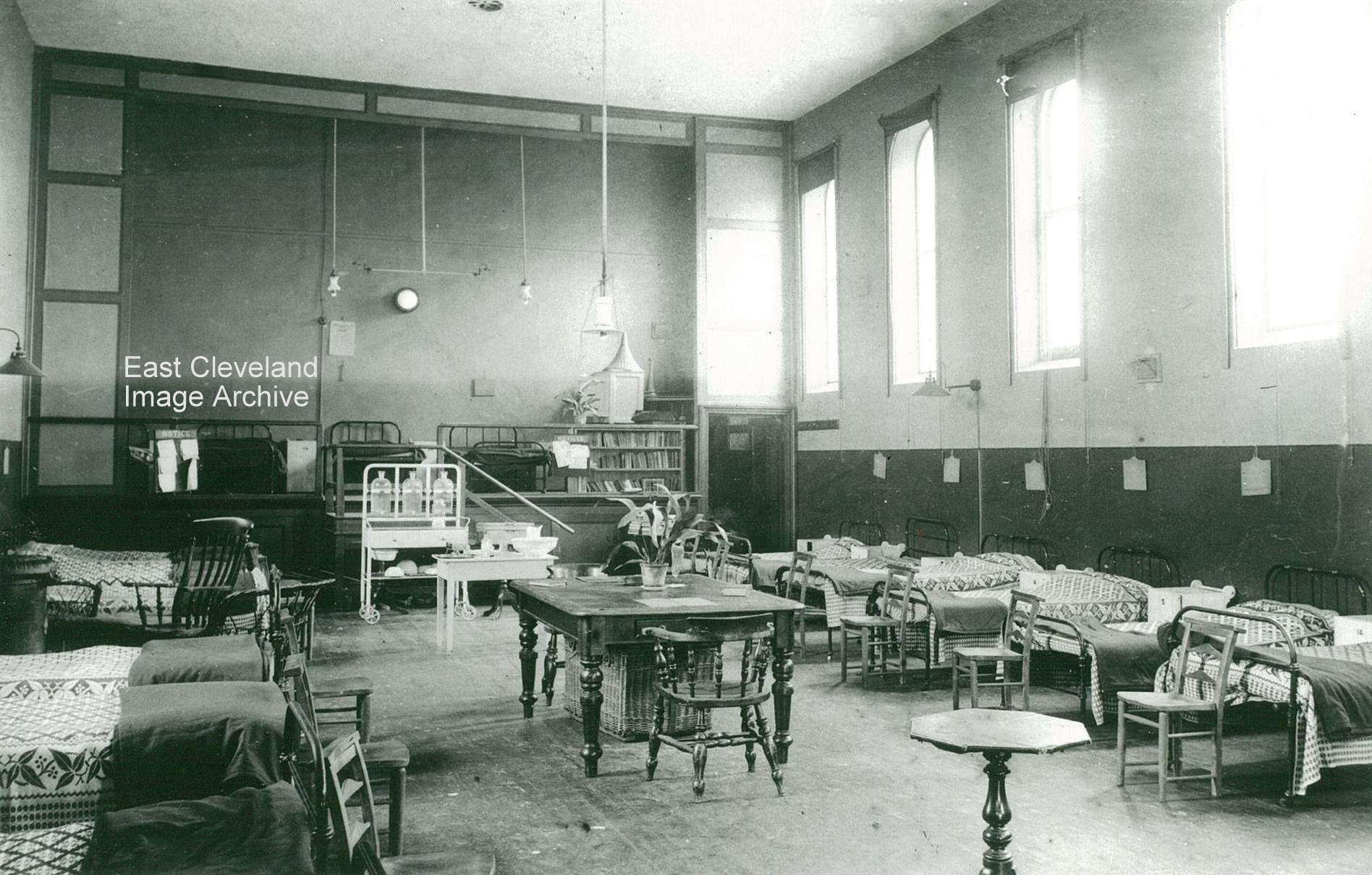
At the outbreak of the First World War, the Red Cross secured buildings, equipment and staff to set up temporary hospitals to cope with wounded men returning from the front. The Wharton Hall; at the bottom of Green Road in Skelton was just such a hospital. Provided by the Wharton family of Skelton Castle, this picture shows the Hall in 1915 ready to receive patients.
Image courtesy of Brenda Harding.
Page 1 of 912345...»Last »
|
|
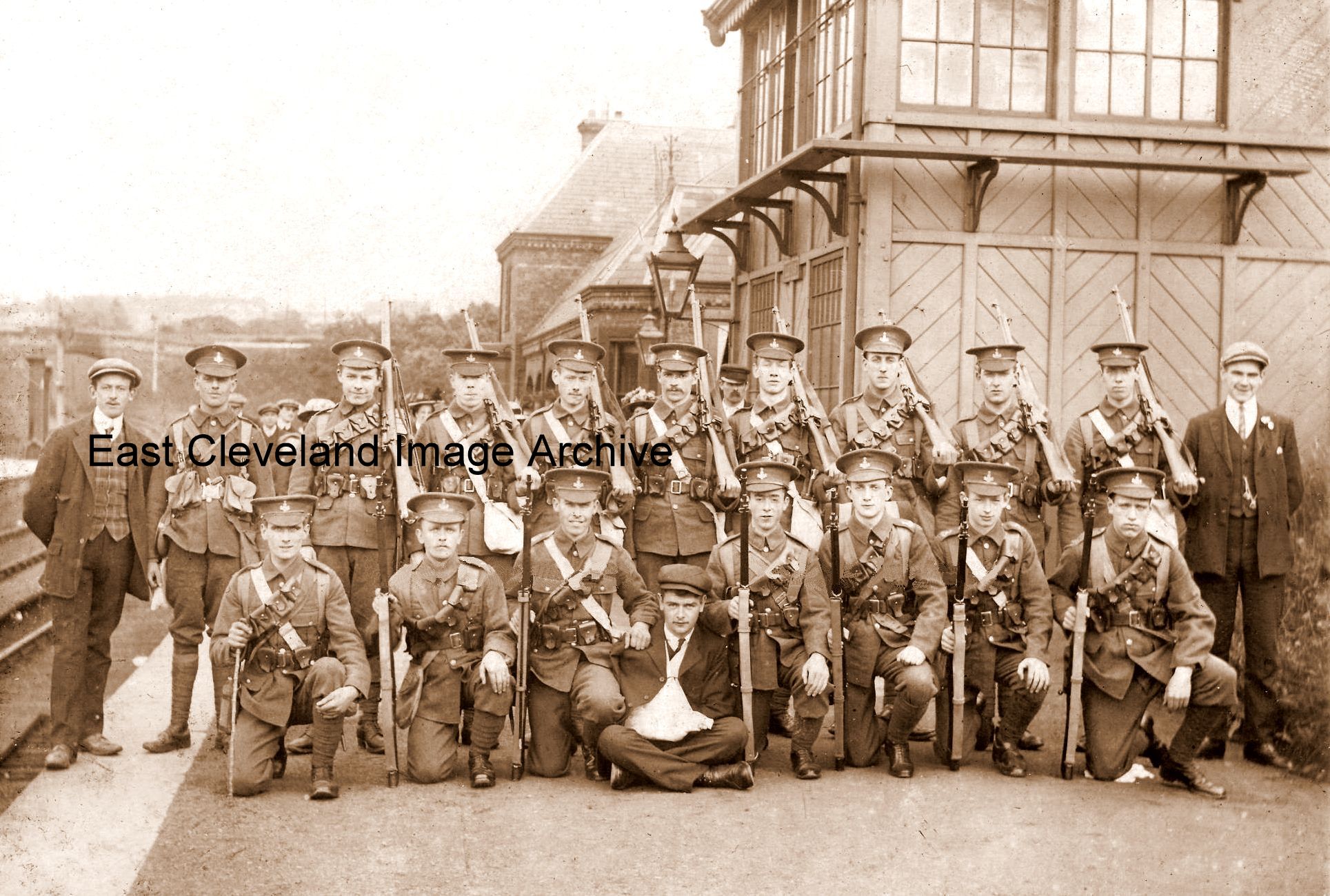
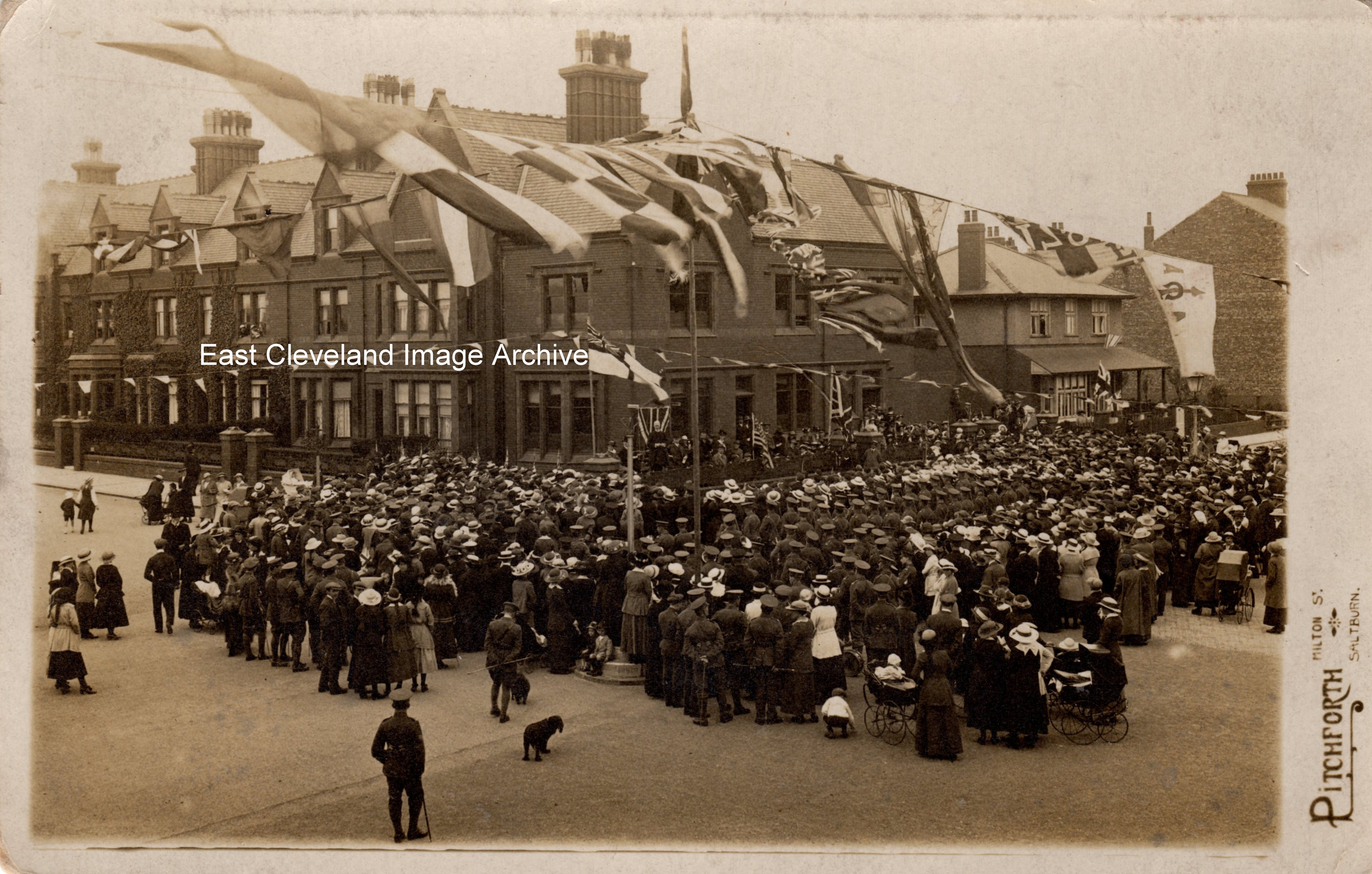


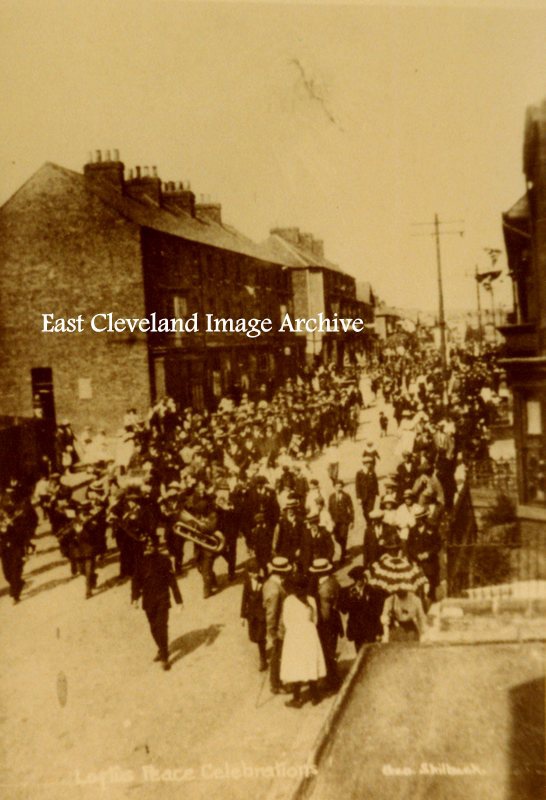

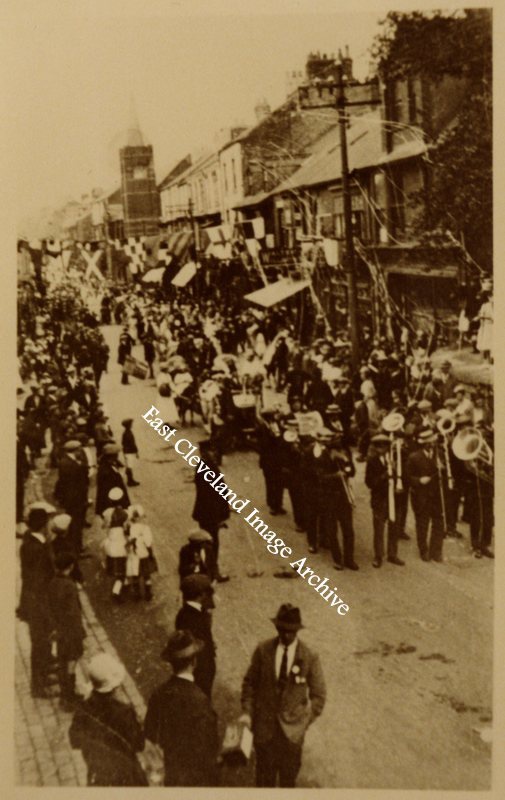



Recent Comments